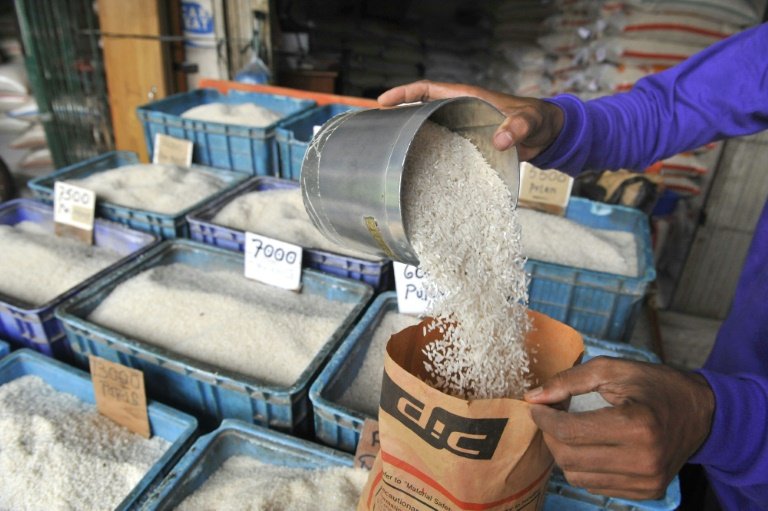
Scientists said Wednesday they had created a rice variety with starchier grains that emits less methane, a step towards the twin goals of feeding more people and curbing global warming.
The cultivation of rice, a staple starch for billions of people, is also mankind’s major emitter of methane, a potent climate-altering gas.
Methane lives for a shorter time in the atmosphere than carbon dioxide (CO2), the most abundant greenhouse gas, but traps far more heat radiated from Earth’s surface.
Every year, rice paddies pump out 25 to 100 million tonnes of methane — the second-most important greenhouse gas at about 16 percent.
This means a high risk for the planet as rice cultivation expands to feed a growing population, said the paper, published in the journal Nature.
“There is an urgent need to establish sustainable technologies for increasing rice production while reducing methane fluxes from rice paddies,” wrote the team led by Chuanxin Sun of the Swedish University of Agricultural Sciences.
Already in 2002, scientists reported that the more grain carried by rice plants, the less methane they emitted.
The leaves and stems of rice plants take up CO2, which is transformed through photosynthesis into sugars that are used to produce starch in the shoots, roots and grains.
Carbon released from dead plants, or directly into the soil via the roots, is transformed by microorganisms into methane, which can escape into the atmosphere.
Larger, starchier rice grains mean there is less carbon transferred to the soil to be turned into methane.
But attempts to reduce emissions from paddies have focused on changes in farming practices, which can be onerous and expensive.
